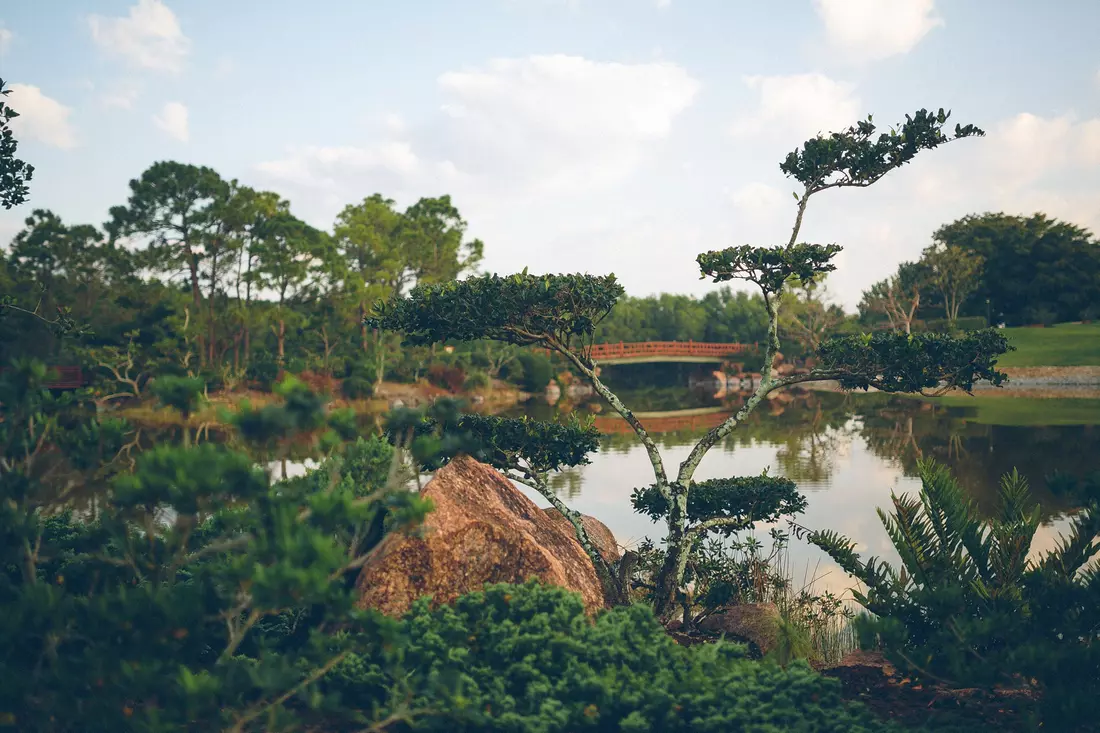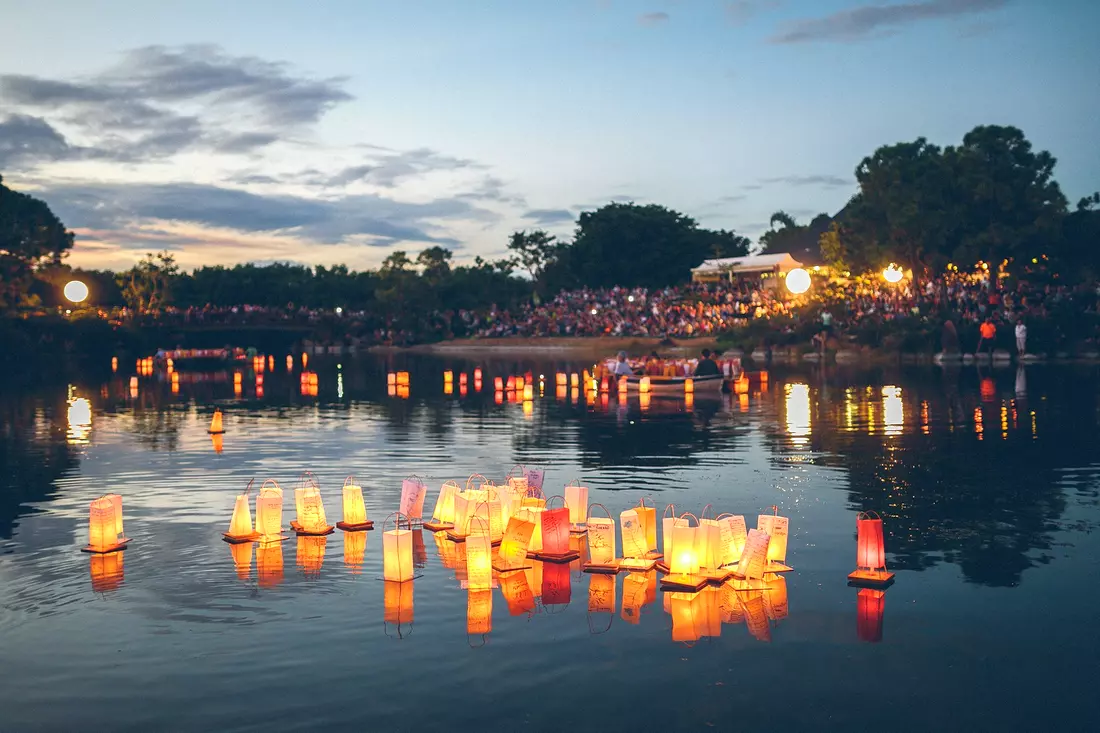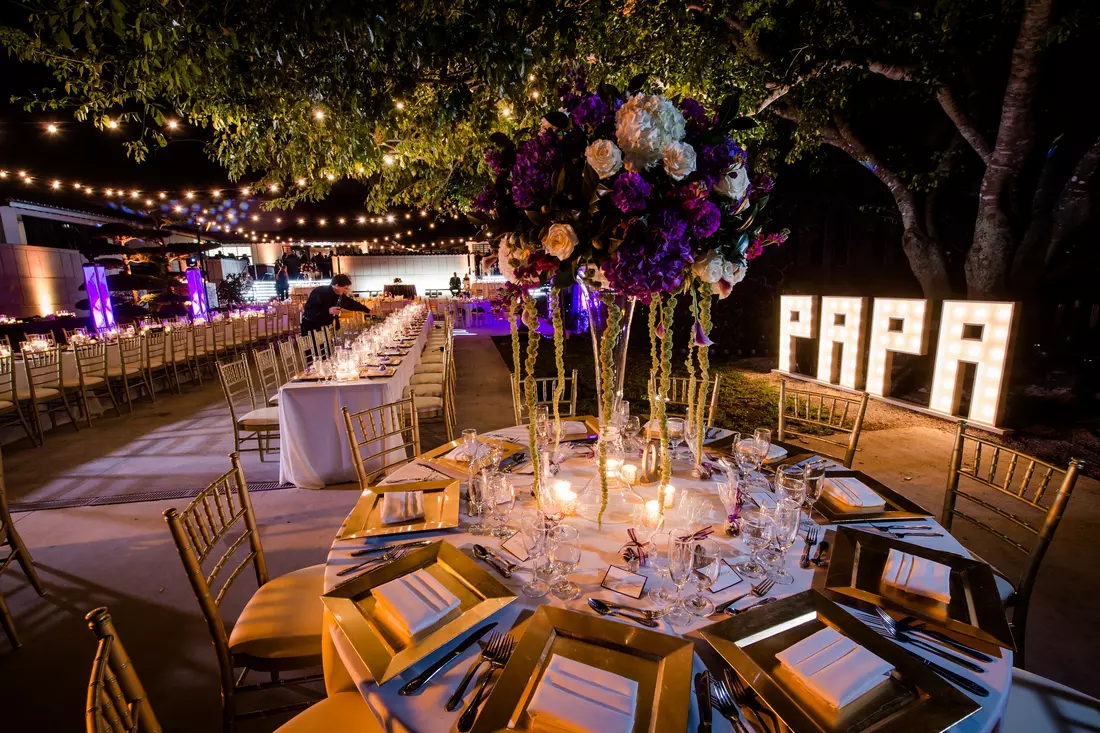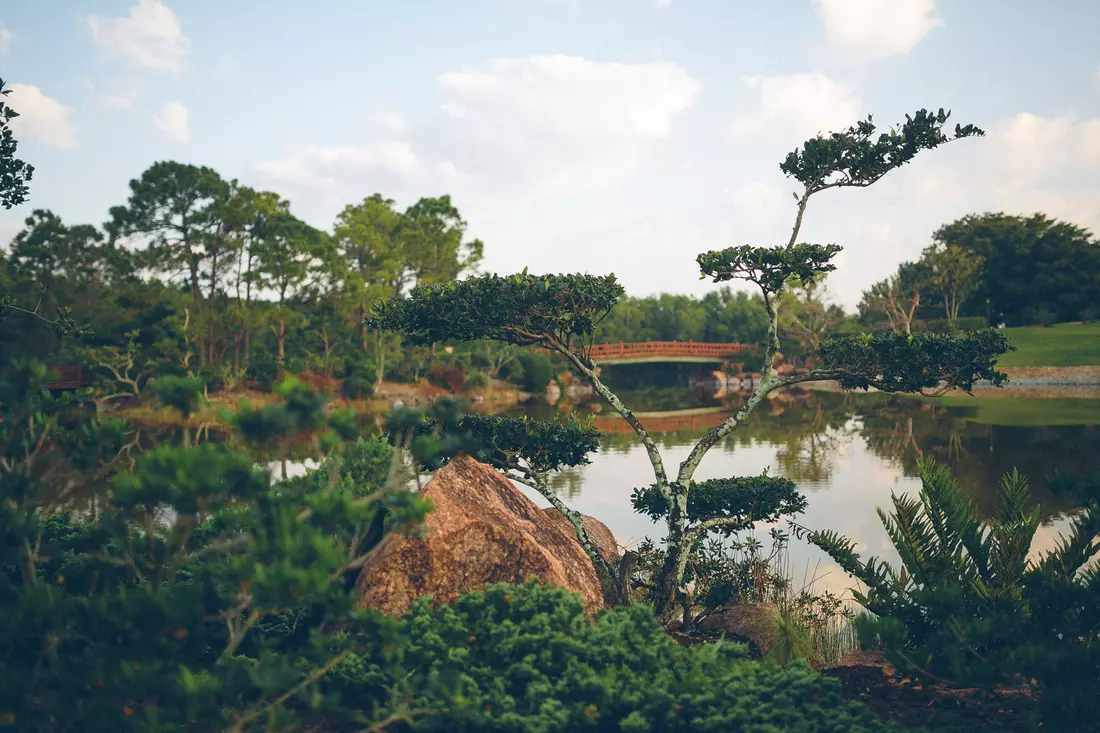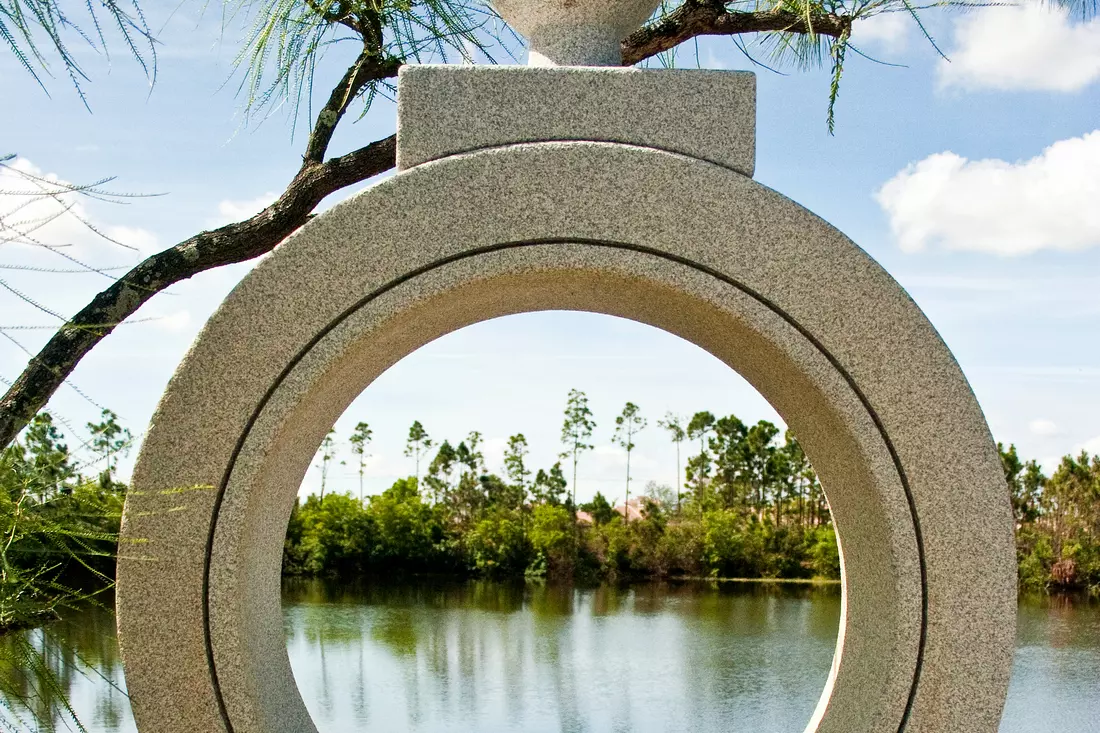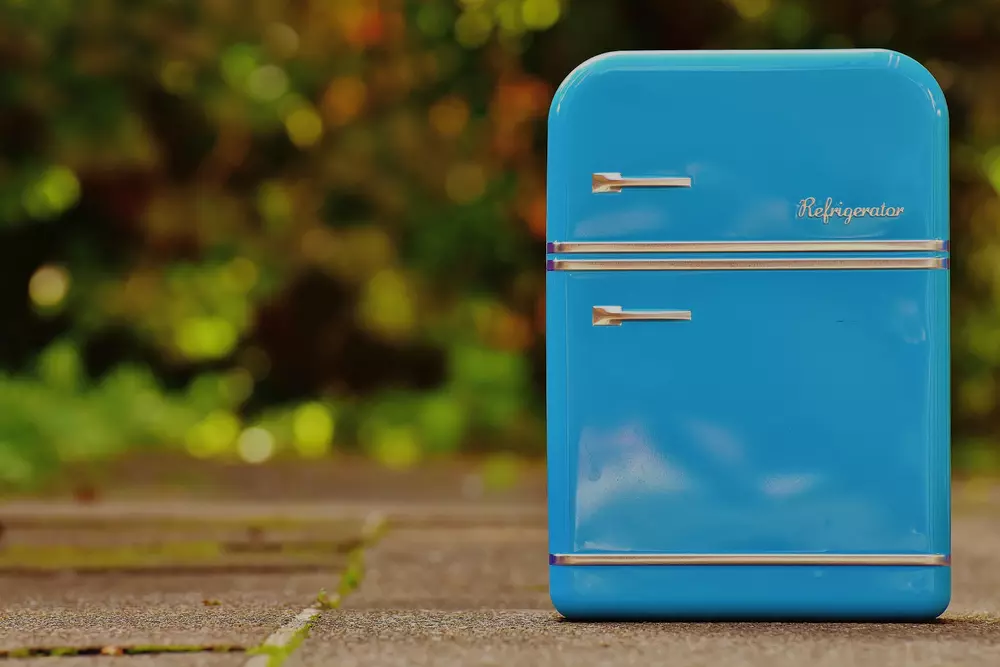Japanese Gardens and Morikami Museum
Immerse yourself in the atmosphere of Japan in Florida: Japanese gardens, the Morikami Museum, tea ceremonies, and cultural traditions — all in one unforgettable tour from American Butler.

Japanese Gardens and Morikami Museum
Imagine this: you're walking along a winding path lined with gently rustling bamboo groves, crimson koi glide through the pond, and ahead, atop a small hill, a pagoda comes into view. No, this isn't Kyoto or Nara — you're in Florida, at the Morikami Museum and Japanese Gardens, one of the most unique and inspiring places in the American South.
This open-air museum is the perfect escape from the hustle and bustle — a chance to feel the rhythm of another culture, enjoy meditative silence, and truly unwind.
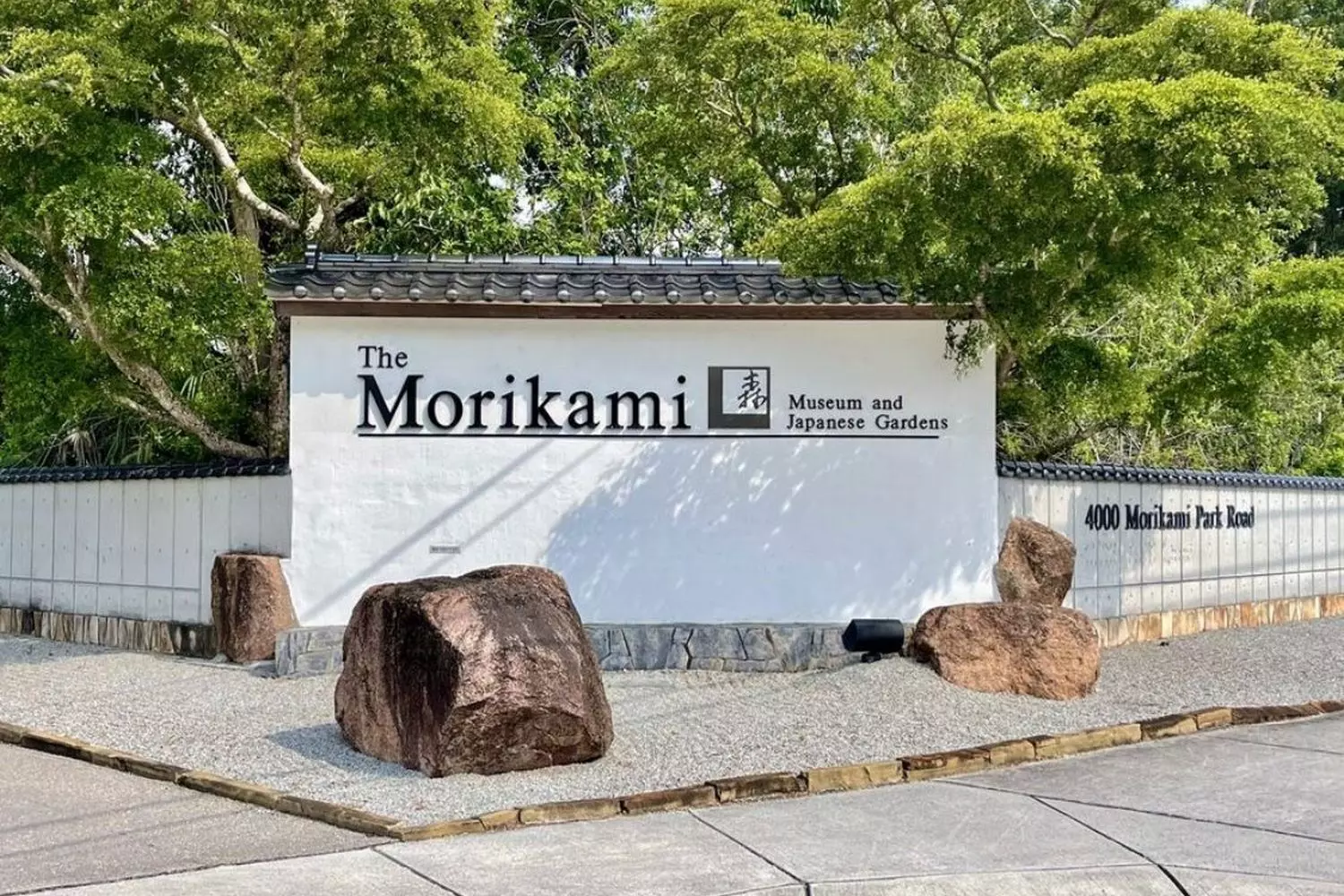
Morikami Gardens cover 16 acres of beauty and peace. Home to one of the finest bonsai collections in the U.S., with dozens of miniature trees grown with care and devotion.
History: How Japan Found a Home in Florida
It all began with a dream — a dream of a new life, of harmony between East and West. In the early 20th century, Japanese entrepreneur and idealist Joe Sakai gathered a group of compatriots and brought them to Florida. He dreamed of creating a Japanese colony here, named "Yamato" after the ancient Japanese state.
The settlers cultivated pineapples and sought to live by Japanese traditions, but climate, diseases, competition, and World War I made the project unviable. Most participants returned to Japan or moved to other parts of the USA.
One man stayed — George Morikami. He didn’t just stay: he put down roots, became a farmer, and lived modestly but with dignity. In his later years, in 1973, Morikami made a fateful decision — to donate his land to Palm Beach County Palm Beach. But not without a clear condition — to create a center of Japanese culture that would serve as a bridge between peoples.
This act speaks volumes. He wasn’t seeking fame. He wanted the memory of the Yamato Japanese community and his ancestors’ culture to live on. And it did — in 1977, the Morikami Museum and Gardens opened, now considered one of the largest and most beautiful Japanese cultural complexes in the USA.
Here, on this land, Japanese subtlety meets American scale. Here, the silence of Eastern philosophy blends with Western openness. It’s not just a park — it’s a symbol, a cultural dialogue continuing for nearly half a century.

Six Styles, Six Eras: The Roji-en Gardens
The Morikami Gardens and Park Complex is six distinct worlds, six expressions of Japanese garden philosophy. The name Roji-en translates as "Gardens of Dewdrops", reflecting the subtlety of the design and the contemplative nature of the landscapes.
Each garden reflects a specific era and mood:
- 01. Heian Era Garden (8th–12th centuries)
A symbol of harmony and balance. Straight alleys, symmetrical ponds, and a heart-shaped pond — all set a tone of peace and tranquility. - 02. Kamakura Garden (12th–14th centuries)
Strict, minimalist, almost monastic. Minimalism here speaks louder than words: sparse plants, stone paths, and open spaces create a feeling of emptiness and meaning at once. - 03. Edo Era Garden (17th–19th centuries)
Lush and decorative. Featuring fountains, stone lanterns, bridges, abundant greenery, and sculptures. This garden represents wealthy merchants and aesthetes. - 04. 20th Century Garden
An interpretation of Japanese tradition through the lens of modern art. Clear lines, modernist elements, and unexpected compositions show how culture adapts over time. - 05. Rock Garden (Karesansui)
A Zen garden focused on the inner world. Gravel, stones, and vegetation-free islands — not just decoration, but tools for meditation. - 06. Tea Garden (Cha-niwa)
Used for tea ceremonies. It includes a main path, stone lantern, hand-washing basin, and the tea pavilion itself. Each garden creates a unique atmosphere, allowing you to step from one era into another, changing not only the scenery but your inner state.
East on an American Scale
What sets Morikami apart from traditional Japanese gardens? First and foremost — scale. Here everything is larger, wider, more spacious. While in Japan a garden is a miniature, symbolic, a hint, in Florida it’s a full-scale experience.
- Ponds here are not bowls, but lakes.
- Bridges are not merely decorative but full-sized, connecting entire parts of the park.
- Alleys are as wide as boulevards, yet retain Japanese elegance.
This approach reflects American tastes, climate, and the goal: to show Japan with respect but without imitation, as a living continuation of culture, not a museum replica.
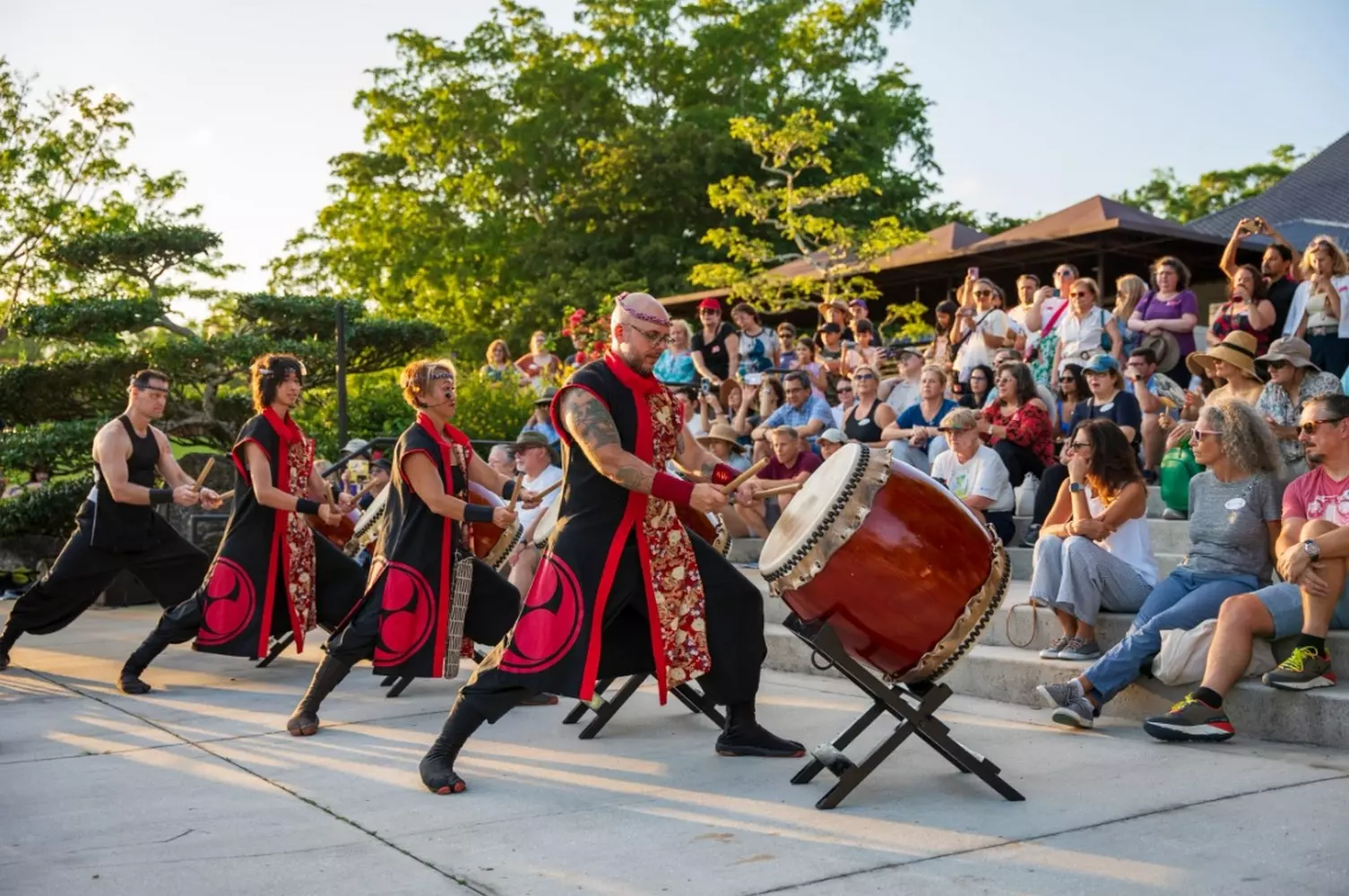
What to See and Do
Morikami is not just a park, but a full cultural center with a rich program. Here are the main reasons why you should visit:
- 01. Bonsai Collection
Miniature trees aged from 10 to 100 years — true masterpieces of garden art. Pines, maples, junipers — each tree carries the philosophy of time and form. This is not just botany, but living sculpture. - 02. Ponds with Koi and Turtles
Surprisingly, even feeding the fish here turns into a spiritual ritual. By buying special food, you can feed the bright koi carp and shy turtles. According to Japanese beliefs, this brings luck and inner harmony. - 03. Rock Garden
A true Zen space. Everything matters here: the placement of stones, the shade of sand, even the direction of the rake marks. This is not just visual pleasure but a way to slow down and listen to yourself. - 04. Tea Ceremony
Held in a real traditional Japanese tea house surrounded by a garden. Participation is by schedule only, and it’s not a tourist show but an authentic ritual with all the proper customs. - 05. Exhibitions and Festivals
In spring and autumn, Morikami comes alive especially. Children’s Day, Tanabata, Japanese New Year — each holiday is accompanied by workshops, performances, and treats. You can see Japanese drumming shows, join origami making, and try Japanese cuisine. - 06. Bamboo Grove
One of the most photogenic spots. A gentle breeze plays among the slender stalks, and it feels like stepping into lines of Japanese haiku. Here you just want to stand and listen to the growing silence. - 07. Interactive Activities for Kids
Young visitors also find plenty to enjoy: water play areas, paths to run on, bridges to carefully cross, and even chances to touch some sculptures. Morikami is not a museum where everything is forbidden. It’s a living culture open to children.

Sample Tour Schedule at Morikami: A Day in the Japanese Rhythm
To feel the spirit of a Japanese garden and not miss a single detail, it’s worth imagining in advance how your day at Morikami might unfold. Here’s an approximate itinerary — balanced, unhurried, and full of meaning.
- 01. 10:00 — Getting acquainted with the grounds
The entrance gates, designed in the style of Japanese architecture, immediately set the right mood. Here begins a short introductory talk from the guide: the story of George Morikami, the Yamato colony, and the layout of the park. - 02. 10:30 — Walk through the Roji-en Gardens
During the hour, you move from one era to another. From the Heian symmetry to Kamakura austerity, from Zen rock compositions to modern landscape design. This is not just a walk but a journey through time and philosophy. - 03. 11:30 — Bonsai collection and bamboo grove
In the bonsai pavilion — miniature trees up to 100 years old. The guide explains how they are shaped and what different styles mean. Afterwards — a short shady break among the tall bamboos. - 04. 12:00 — Feeding koi fish and turtles
At first glance, this seems like a children's game — but in fact, it’s an ancient ritual. Koi carp symbolize prosperity, and feeding them is an act of respect for nature. For a couple of dollars, you can buy food and watch the colorful fish and turtles surface. - 05. 12:30 — Lunch at the local café with Japanese menu
There is a café in the garden serving traditional Japanese cuisine: miso soup, yakisoba, udon noodles, rolls, matcha desserts. Delicious, aesthetic, and surprisingly affordable. - 06. 13:30 — Tea ceremony
Perhaps the main event. In the tea house, a genuine Japanese ceremony is conducted according to all the rules. Visitors become participants in a ritual where every gesture and movement carries meaning. It is held by schedule and requires advance booking. - 07. 14:30 — Temporary exhibitions and souvenir shop
The final chord — viewing the temporary exhibition (which regularly changes: from ikebana to kimono) and visiting the souvenir shop, where you can buy Japanese ceramics, calligraphy sets, and stylish keepsakes. - 08. 15:00 — End of the tour
After a fulfilling day, the garden doesn’t let you go easily. People leave not tired, but enlightened. They return home — already a little different.
Who is this place for?
- Families with children;
- Couples seeking romance;
- Those interested in Eastern culture;
- Those tired of noisy parks and attractions;
- Anyone looking for inspiration.
Useful tips for visiting Morikami Park
To make your visit to the Japanese garden and Morikami Museum truly comfortable and memorable, consider the following important points:
- Dress for the weather
Florida is hot and humid. Take light clothing, a hat, and definitely sunscreen. - Respect the silence
Many garden areas are designed for meditation and reflection. Speak quietly, do not play loud music, and be mindful of others. - Photos are allowed!
Pictures come out fantastic, but observe restrictions inside museum halls and the tea ceremony house. - Bring a trash bag
There are no trash bins in the garden, so a bag for your rubbish will be useful.
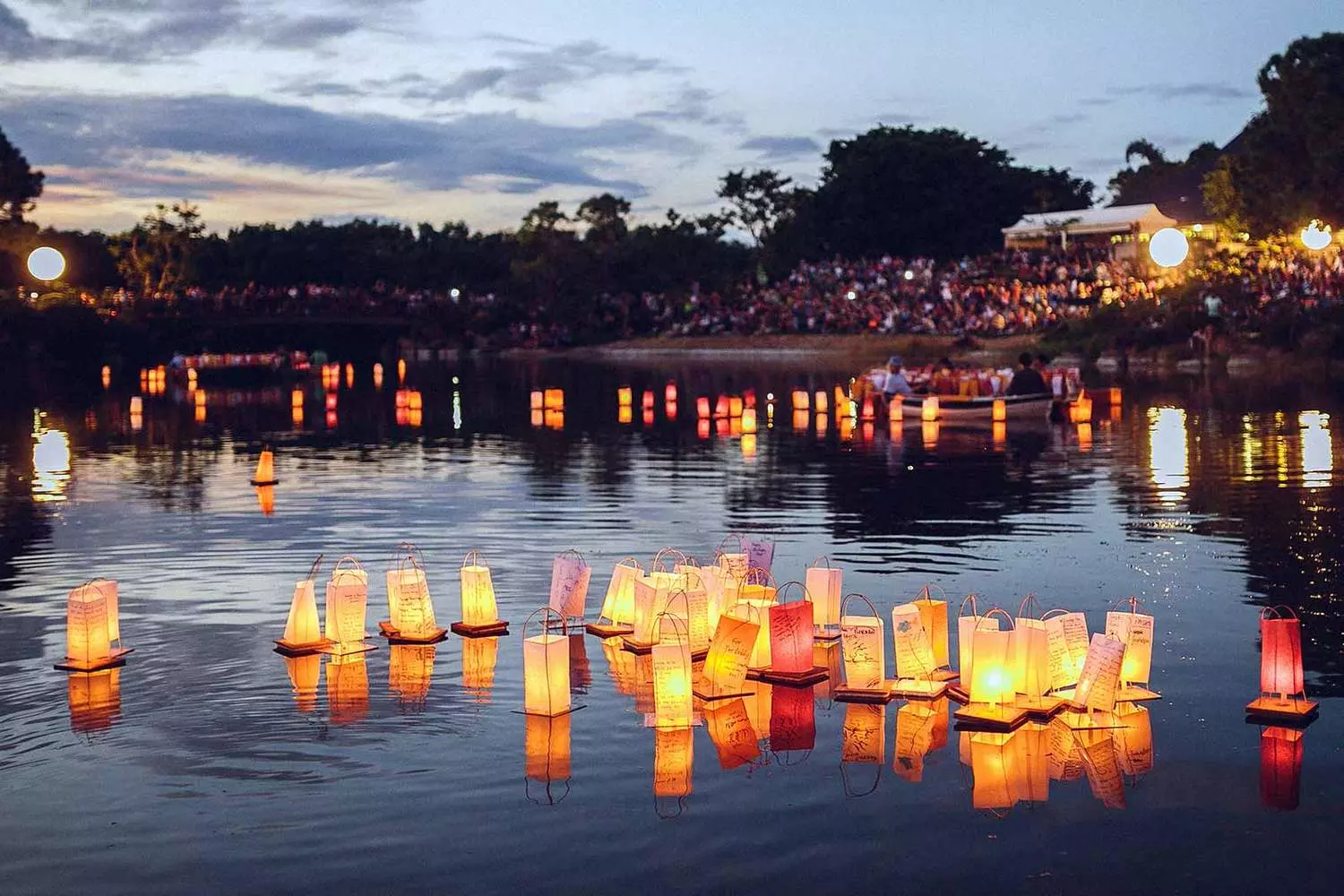
Terms & Conditions
- The tour price starts from $299 ($60 per hour);
- The minimum tour price is calculated for a group of up to 3 people, with an additional charge of $60 for each extra passenger;
- Tour duration — 12-14 hours;
- Travel time includes the route and traffic delays but will not be less than the stated time. The cost of each additional hour is $60;
- Tickets to museums and hotel rooms for the guide are paid separately;
- For a comfortable trip, we recommend a maximum of 5 people per vehicle;
- Tips for the guide are always appreciated but not mandatory and may be given at your discretion;
- The tour price may vary depending on the season;
- When visiting the Japanese gardens, you can additionally plan a stop at the butterfly park — Butterfly World.
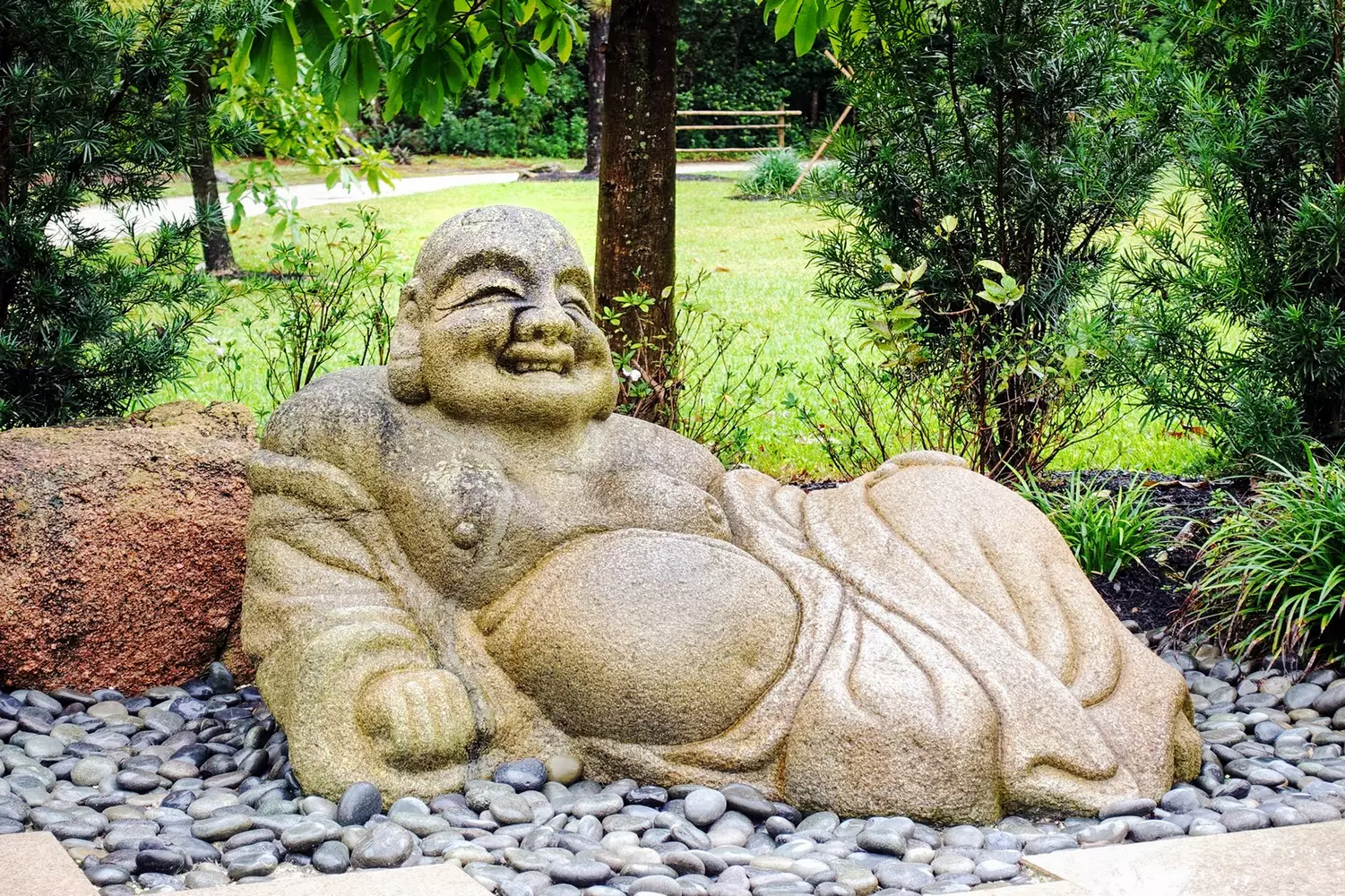
Japanese Harmony with American Grandeur — with American Butler
Morikami is an example of how cultural bridges can be beautiful, cozy, and meaningful. It’s not just a walk through a garden. It’s a dialogue of cultures, a moving meditation, a place where East and West have found common ground through nature, aesthetics, and soul.
If you want not just to stroll but truly understand the hidden meaning of Japanese gardens, learn more about traditions and philosophy, and see what ordinary tourists miss — trust the professionals. American Butler organizes private tours of the Morikami Japanese Garden and Museum with professional guides, transfer services, ticket booking, and an exclusive program. It’s the perfect way to get the most out of your visit.
Tour Pricing
- Tour for Up to 3 People from $299
- Additional Passenger $60
- Tour Duration from 5 ours
- Extra Hour of Tour $60












